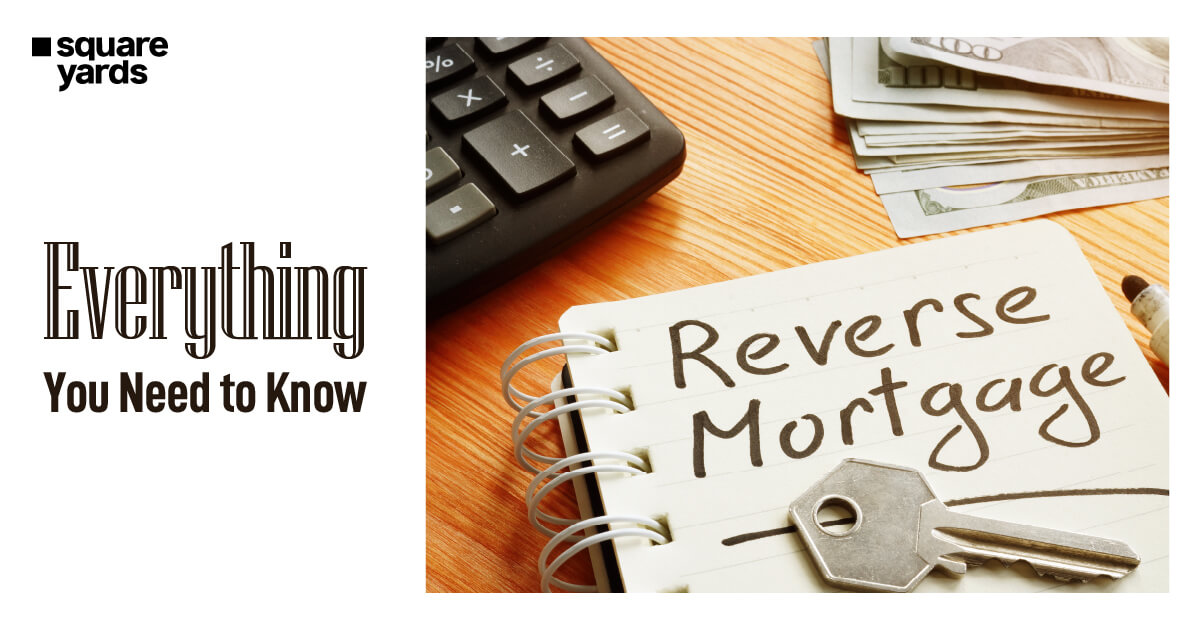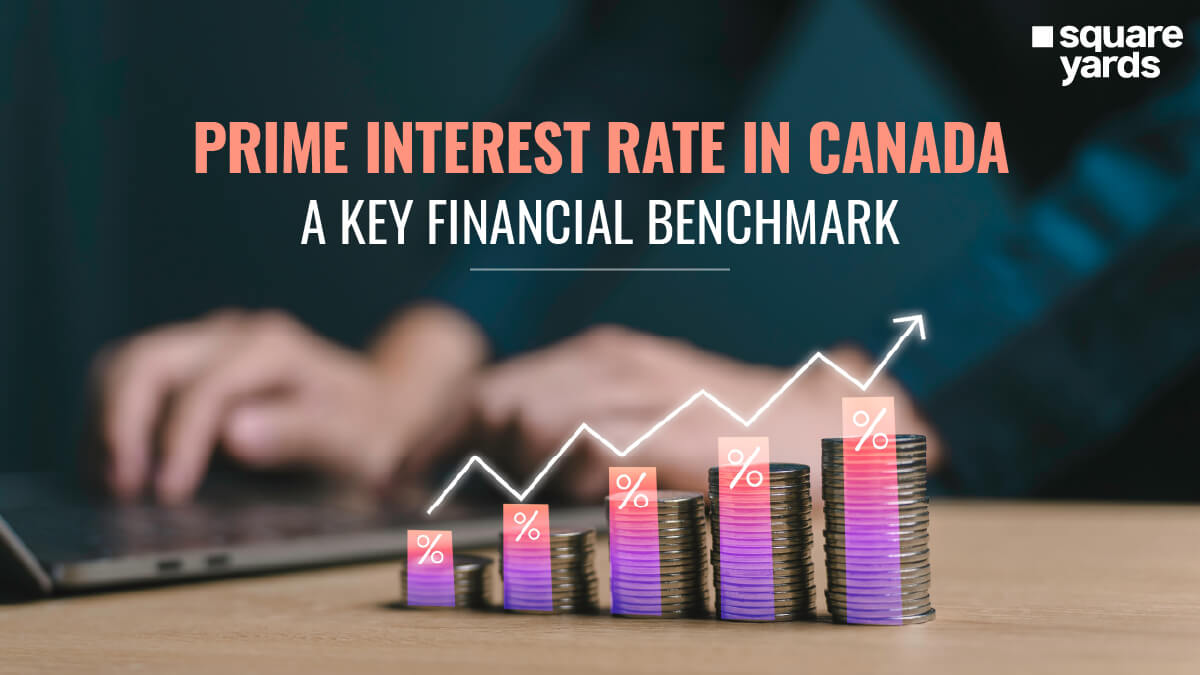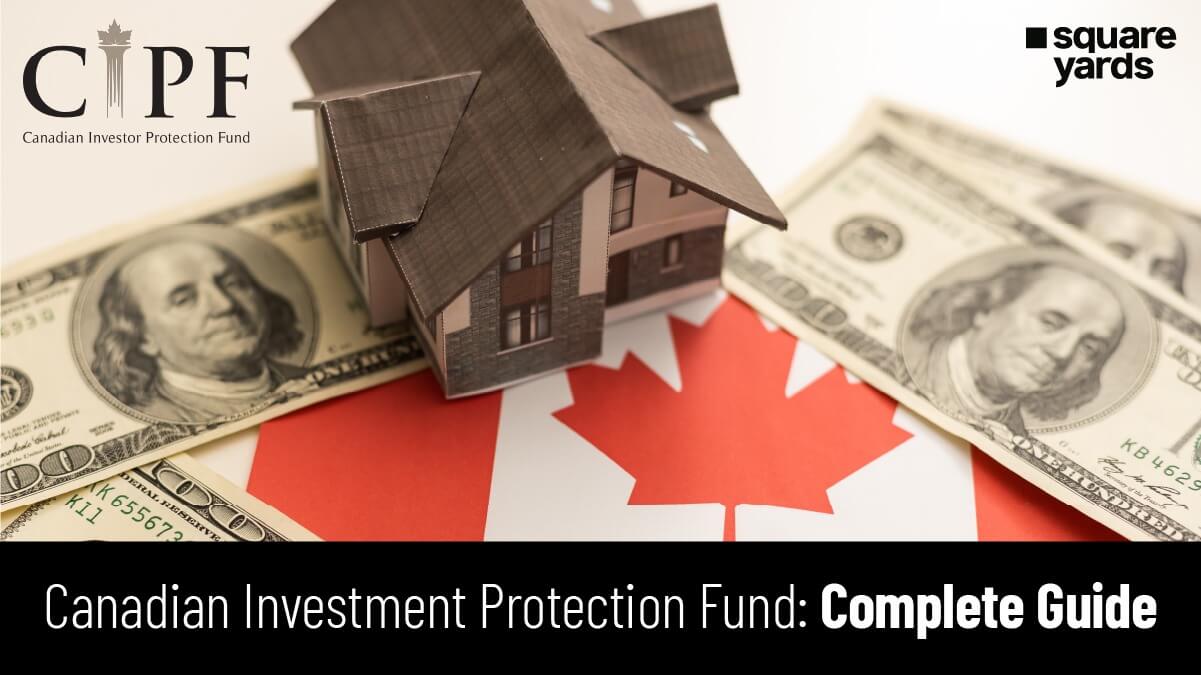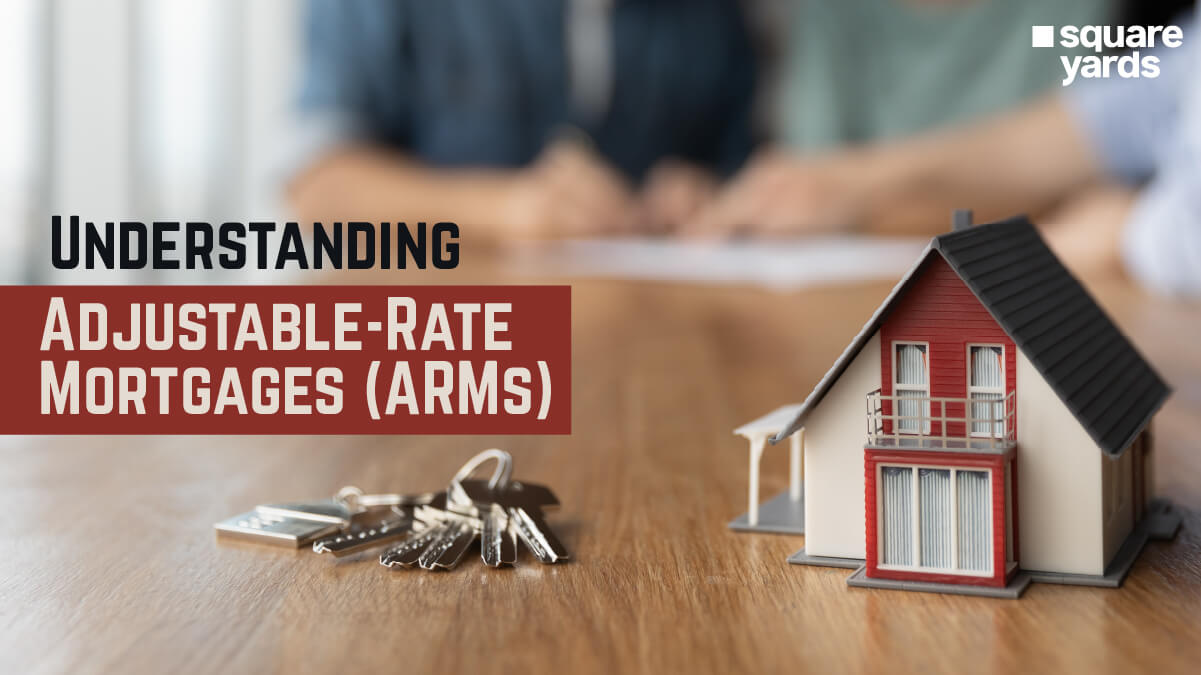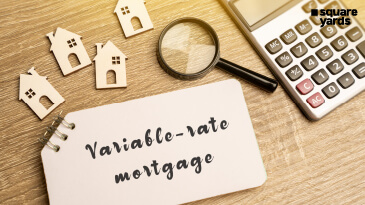Mortgage is bluntly known as the process of generating financial help from a high-valued asset, let’s say, a house. In this, the money lender owns an ownership interest if the credited value is not recovered on the decided deadline. This is treated as a liability for the debtor and an asset for the lender. But can this mortgage act like an asset for debtors as well? Well, in the world of credits, reverse mortgage in Canada have taken the duty to serve you such a service. Working brilliantly for homeowners, this type has numerous cases of people who float high-value assets to gain monetary interest as their retirement plan. When jobless, how can people rely on a credit system to streamline their money requirements?
Your curiosity is wise and relevant enough for us to give you a complete insight into Reverse Mortgage. There are multiple experts available to serve you the information. But unravelling some hidden facts are also required to help you understand this credit theorem.
Decoding Reverse Mortgage in Canada
Reverse Mortgage in Canada is a loan in which homeowners can borrow finance from a lender against their property. In this, the finance has to be equivalent to or approximately near the value of the mortgaged property. The lender will use this as a sign of guarantee to recover the credit in case of deadline failure. The definition might sound similar to a regular mortgage, but it’s ACTUALLY NOT! It is important to note that this mortgage element works for senior citizens only. For instance, a retired person at the age of 63, possessing a property, can mortgage the same to acquire a regular income as per their property’s valuation. This is an excellent way for such a population to boost the economy and enjoy a comfortable lifestyle by just purchasing a house in Canada.
What are The Types of Reverse Mortgages?
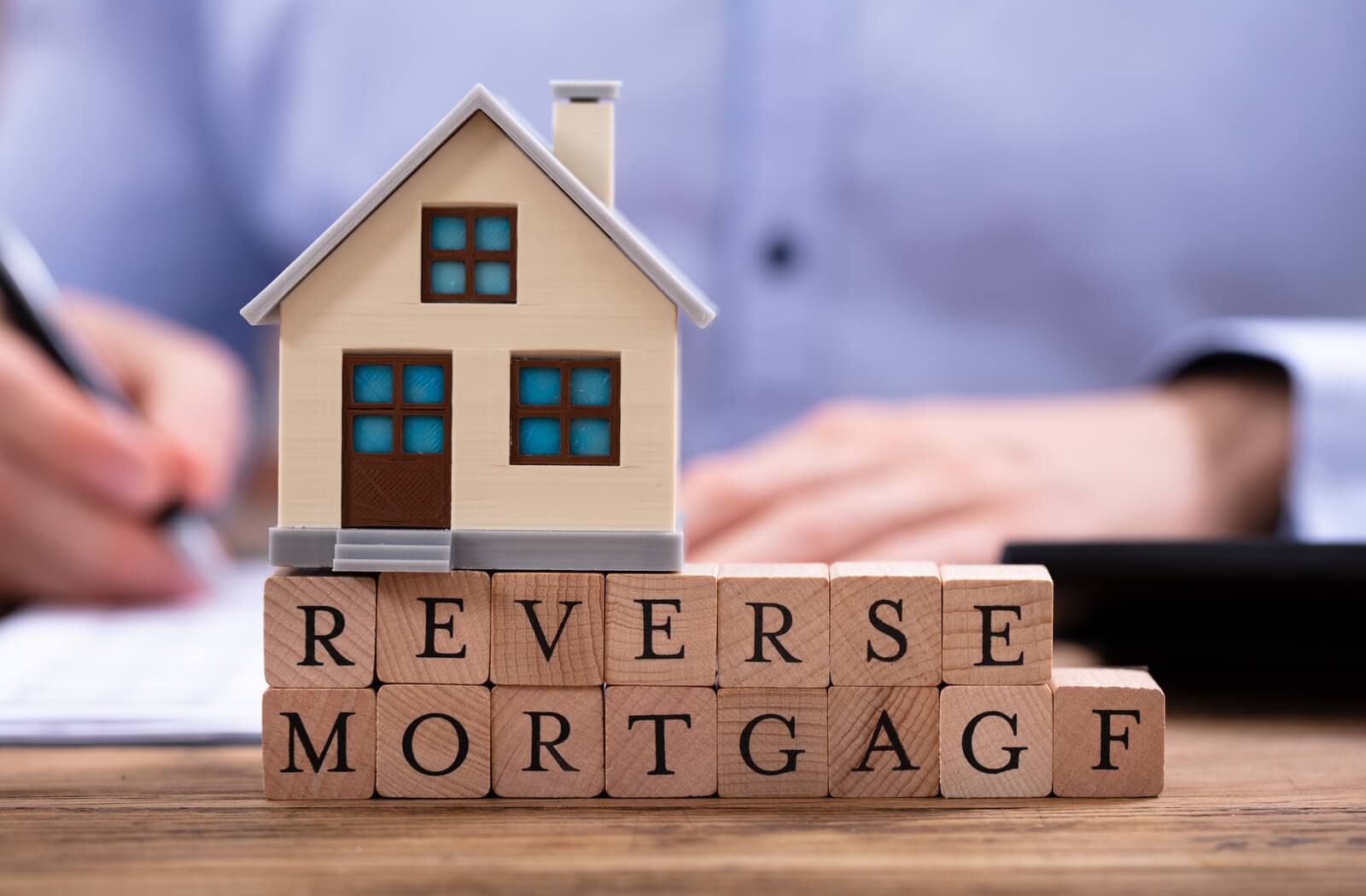
Reverse mortgages offer Canadian homeowners who want to access their home equity during retirement a lifeline in terms of money. In contrast to conventional mortgages, reverse mortgages let homeowners 55 and older cash out their home equity instead of making regular mortgage payments. In Canada, there are three main forms of reverse mortgages: There are numerous sorts of reverse mortgages, each of which is intended to meet particular financial requirements and conditions. The three main categories of reverse mortgages are as follows:
-
- Single-Purpose Reverse Mortgages are the most cost-effective choice and are backed by local, state, or charity organizations. Homeowners benefit from lower mortgage rates and cheaper fees thanks to support from the government and non-profits. The catch with single-purpose reverse mortgages is that they can only be utilized for a particular, lender-approved purpose. This could involve paying for necessary house repairs or paying property taxes. The availability of this kind of reverse mortgage varies by state and is less common.
- Home Equity Conversion Mortgages (HECMs): The federal government’s Department of Housing and Urban Development (HUD) backs HECMs, the most common type of reverse mortgage. Although they are often more expensive up front, HECMs offer more flexibility. You can utilize the loan for whatever reason, and there are no requirements regarding your health or income. Counselling is required before submitting an application for a HECM to ensure borrowers know all fees and obligations.
- Alternatives to HECMs include proprietary reverse mortgages, which private lenders back. These are appropriate for property owners with greater values who need more considerable funding. Your property’s assessment must be higher than the government lending cap in order to qualify. Counselling may be required to assist borrowers in weighing the advantages and disadvantages of proprietary products.
Utility of A Reverse Mortgage in Canada?
The Reverse Mortgage is a type of loan that enables senior citizens to access the equity in their houses without having to worry about making regular loan payments. In a reverse mortgage in Canada, as opposed to a regular mortgage, the lender pays the homeowner instead of vice versa. This novel strategy enables retirees to continue living in their homes while giving them a reliable source of income. A reverse mortgage’s flexibility in terms of how homeowners receive these payments is one of its main benefits. Depending on their needs and preferences, they can choose from a line of credit, a lump sum, or regular monthly payments. The fact that homeowners only accrue interest on the money they receive is crucial.
Interest Rates and Fees of Reverse Mortgage in Canada
Depending on the sort of reverse mortgage you pick, reverse mortgage interest rates change. A reverse mortgage with a lump sum (single disbursement) allows you to benefit from the predictability of a set interest rate. This implies that your interest rate will be fixed when your loan closes and won’t alter throughout the loan term. Adjustable interest rates are the standard for those contemplating alternative reverse mortgage choices, such as lines of credit or monthly payment schedules. This strategy fits with the reality of borrowing money over a long period of time because interest rates can change. The Constant Maturity Treasury (CMT) index is widely used as the benchmark index for these variable-rate reverse mortgages.
Lenders add a margin of one to three percentage points on top of the selected index rate. For instance, your reverse mortgage’s interest rate will be 4.5% if the index rate is 2.5% and your lender’s margin is 2%. It’s crucial to remember that interest builds up during the course of the reverse mortgage. Interestingly, your credit score impacts neither your reverse mortgage pricing nor eligibility. However, the lender’s requirements for a Life Expectancy Set Aside account to pay for real estate taxes, homeowners insurance, and other necessary property costs may be affected. For Canadian homeowners contemplating this financial choice, it is vital to comprehend the subtleties of reverse mortgage interest rates.
Criterias to Receive Reverse Mortgage Funds
Here are the conditions on which Reverse Mortgage Funds are Received:
-
- To be eligible, you must be at least 55 and have a sizable amount of home equity.
- Select a Lender: Find a dependable Canadian lender for reverse mortgages by researching.
- Application: Complete the lender’s application procedure and provide supporting documents.
- Home Appraisal: To assess the worth of your home and the maximum loan amount, the lender will conduct an appraisal.
- Legal Advice: To fully grasp the implications of a reverse mortgage, obtain independent legal advice.
- Upon approval, you’ll either get the money all at once, in installments, or a combination of both.
- Understanding the terms and interest rates associated with your reverse mortgage is important.
- Homeownership: You continue to be the legal owner of your house, and you are in charge of paying the property taxes and upkeep.
- Repayment: Repayment is often necessary when you sell the house or relocate.
Critical Analysis of Reverse Mortgage Worth
Here is the complete criticism on Reverse Mortgage in Canada that every availer must be aware of:
Pros of Reverse Mortgage
-
- No Monthly Loan Payments: One of a reverse mortgage’s prominent benefits is that it frees borrowers from having to make monthly loan payments as long as they are still living in their homes as their primary residence. Reverse mortgages offer financial comfort to seniors on fixed incomes who want to access their home equity without putting themselves under further financial burden, unlike conventional home equity loans or HELOCs, where monthly payments are necessary.
- No requirements for credit or income: Compared to other types of financing, reverse mortgages are more inclusive. Homeowners do not need to maintain a stellar credit history or prove a certain level of income in order to be eligible for a reverse mortgage. Reverse mortgages are a desirable choice for seniors with limited cash flow or a fixed income due to their accessibility.
- Flexible Payout Choices: With a reverse mortgage, homeowners can select from a number of payout choices in accordance with their unique financial circumstances. The freedom to customise the arrangement to their unique circumstances is provided by their ability to receive a flat sum, a line of credit, or even monthly installments. Seniors with a variety of financial objectives can benefit from this versatility.
- Loan without Recourse: Reverse mortgages are non-recourse loans, meaning the home’s value is the only security for the debt. When it comes time to make payments, neither the borrower nor their heirs are responsible for the difference if the loan total is more than the home’s value. This feature gives borrowers and their families peace of mind by guaranteeing they won’t be saddled with an overwhelming debt.
Cons of Reverse Mortgage
-
- Interest Rate Accumulation: Even while reverse mortgages don’t call for regular payments, the interest and other costs related to the loan do accumulate over time. This implies that the loan balance may significantly increase, thereby decreasing the amount of equity left in the house for successors. The effects of interest accrual over the long term must be carefully considered by borrowers.
- A Smaller Inheritance: The heirs’ potential inheritance from the house may be reduced by the rising debt balance. When considering a reverse mortgage, seniors who intend to leave a sizable estate to their loved ones may need to consider this factor carefully.
- Eligibility Restriction: Seniors 62 and older who own their houses entirely or have a sizable amount of equity are typically eligible for reverse mortgages. This limitation indicates
Conclusion
Before entering into a reverse mortgage agreement, it is crucial to conduct careful study and seek professional advice, according to one important lesson. Seniors must thoroughly know the conditions, expenses, and ramifications of such a commitment. The need for transparency and clarity from lenders has been brought to light through this interactive exploration, enabling borrowers to make decisions that align with their financial objectives and retirement plans. Furthermore, we are aware that reverse mortgages can be a crucial lifeline for older citizens who are struggling financially by allowing them to tap the equity in their homes for a variety of purposes. However, they should be considered a strategic financial tool rather than being seen as a temporary remedy. With this, we come to an end of the subject. Hope the instructions and Utilities provided above will make your mortgage experience flawless.
You May Also Read
|
Guide To Mortgage Amount |
|
|
Know The 3 Year Fixed Mortgage Rates |
|
|
All About Canada Mortgage Approval |
|
|
What is Pine Mortgage in Canada |
Frequently Asked Questions (FAQs)
What is the negative part of reverse mortgages?
The disadvantage of a reverse mortgage is that it may have high upfront charges and interest rates, erode the equity in your house over time, and maybe leave you with fewer assets to leave to heirs.
What is the best age to take a reverse mortgage?
The ideal time to take out a reverse mortgage is often when you are in your late 60s or older since you can then maximise the amount of the loan available to you and gain from a longer-term financial arrangement.
What is the average rate on a reverse mortgage?
The typical rate on a reverse mortgage can change depending on your area, the type of reverse mortgage, and current interest rates, so it's important to shop around for the best terms and speak with a financial expert to find the best solution for your situation.
How many times can you do a reverse mortgage?
If you satisfy the requirements, you can apply for a reverse mortgage more than once. However, you must pay off any previous reverse mortgages before getting a new one, and the amount you can borrow may vary depending on your age, the value of your house, and the current interest rates.

